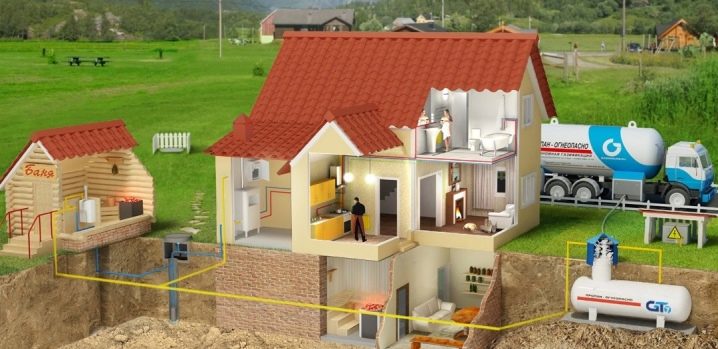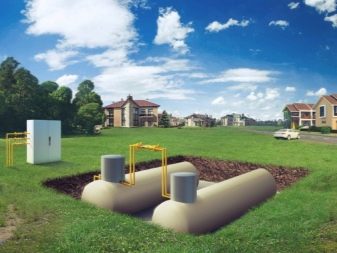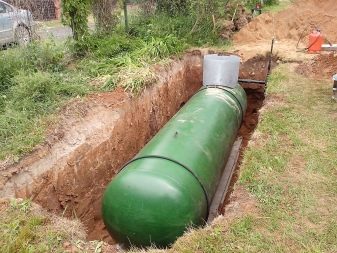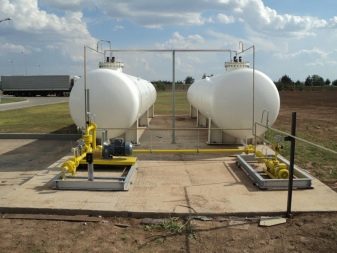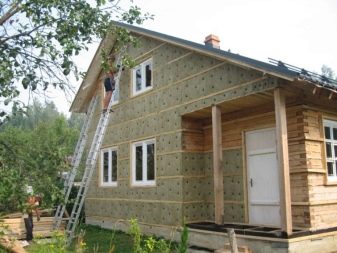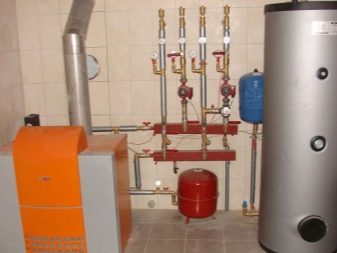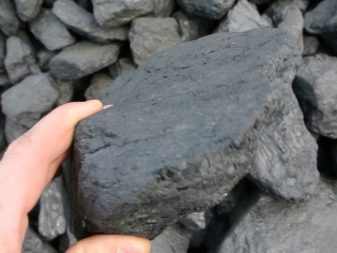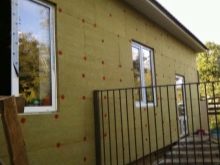We calculate the gas consumption in gas-heating house
The heating system in the house is a very important part, because it is it that maintains a comfortable microclimate in the room. After purchasing a country house or cottage, you need to take care of this before the onset of winter. At the moment, one of the most popular is the system that runs on gas. This type of heating is quite economical and quality.
System elements
Autonomous gasification is the best option for home heating. In this case, the gas is not supplied through the central system, but is stored in a specialized tank. As a rule, it is a cylinder with propane-butane, but they are not suitable for heating a large room. For these purposes, a gas tank is provided (it contains liquefied gas) - one of the main components of autonomous gasification. The volume of the gas tank is usually 50 liters.Mainly used underground tanks: gas enters the house through an underground gas pipeline, then goes to the appliances and heating system. One of the most important characteristics of a gasholder is the resistance of the material from which it is made to corrosion, otherwise the equipment may require fairly frequent and expensive repairs.
The second element of the system is the reinforcement section. It is located on the neck, and there is equipment in it to control the flow of gas. Next from the tank itself is a gas pipeline. It can be both external and internal (relative to the room). The underground system is set below the freezing depth of the soil in order to ensure maximum safety during operation.
In order to bring the pipeline out of the ground, a socle entry is used. It can also be equipped with a special valve, with which you can block the flow of gas, if necessary.
Gas consumption
As is known, natural gas is the most popular energy carrier among owners of private housing. And the gas consumption is influenced by many different parameters: climatic conditions, the structure of the building, the power of the selected boiler, the type of windows in the building, and much more.Proper fuel consumption calculation is necessary to make sure that this option is really profitable.
In order to select the type of installation as much as possible, it is first necessary to calculate the volume of gas that will be consumed. Usually such a calculation is done for the coldest winter, since the boiler needs to have such power to keep the house warm in any climatic conditions.
It also needs to take into account a number of some factors:
- the height of the building;
- insulation type;
- the total area of the building and the size of the rooms to be heated;
- the presence of glass;
- maximum power of the heating equipment.
To calculate the consumption of liquefied gas, several more characteristics are used:
- the density of the fuel used;
- specific heat of its combustion.
These values are crushed to 0.525 kg / l and 45.3 MJ / kg, respectively.
For example, we calculate the gas consumption for heating a house of 100 m2. Provided that the building is sufficiently insulated and there are high-quality plastic windows, at an outdoor temperature of about -20 degrees the approximate gas fuel consumption per day will be 11-13 kg or about 400 liters.And for further calculation of cash costs, it is necessary to multiply the resulting value by the cost of 1 m3 in your region.
When calculating the consumed gas for a house of 200 m2, it is necessary to take into account the performance of the entire heating system. The approximate amount of gas used for facilities with such an area is 1120 liters, but in fact the volume is less.
If you compare the cost of heating 1 square. m rooms with different types of fuel, you can see that heating with natural gas and propane-butane is about 1.5-2 times cheaper than any other types of fuel.
Type of fuel | Price per kWh |
Natural gas | 0,83 rub. |
Propane-butane | 2.58 rubles |
Electricity | 4.03 rub. |
Firewood | 2.79 rub. |
Coal | 3.05 rub. |
For simplicity and greater accuracy of calculation, you can use special calculators, which can be found on many construction sites.
Reduced gas consumption
Practically every autonomous gasification owner thought about how to reduce gas consumption. First of all, you should pay attention to the quality of the heater used: the better it is, the less heat loss will be. Warming of floors, walls and even roofing will definitely pay off by reducing gas consumption.Another option to reduce consumption is to automate the system, in particular the installation of a temperature controller. In this case, there is an automatic decrease in the indicator at night.
Frequent opening of windows and doors also contributes to an increase in gas consumption and heat loss, especially at negative temperatures outside the window. If you follow these recommendations, then the consumption of gas fuel will significantly decrease, which will certainly lead to budget savings.
Owner reviews
People using gas-heating, highlight both the pros and cons of this system. The main advantage, according to the majority, is independence from the highway. Pressure drops do not depend on any accidents at a public facility. Long service life of equipment also becomes an essential plus for many, because it saves money. Some note the environmental friendliness and the absence of unpleasant odors during operation of this installation. In the process of using gas there are no harmful fumes, as they all go into the hood. For the same reason, the environment is not polluted, there is no need to use wood or coal for space heating.
From the minuses of gas-cylinder heating, the owners emit the high cost of a full set of equipment, plus for the installation still need to hire professionals. Some people notice that the gas tank is subject to corrosion, but it completely depends on the material from which the tank is made.
It can be concluded that autonomous gasification is more convenient and efficient for most, especially with proper selection and operation of equipment.
How to install autonomous gas supply in a private house, see the following video.
